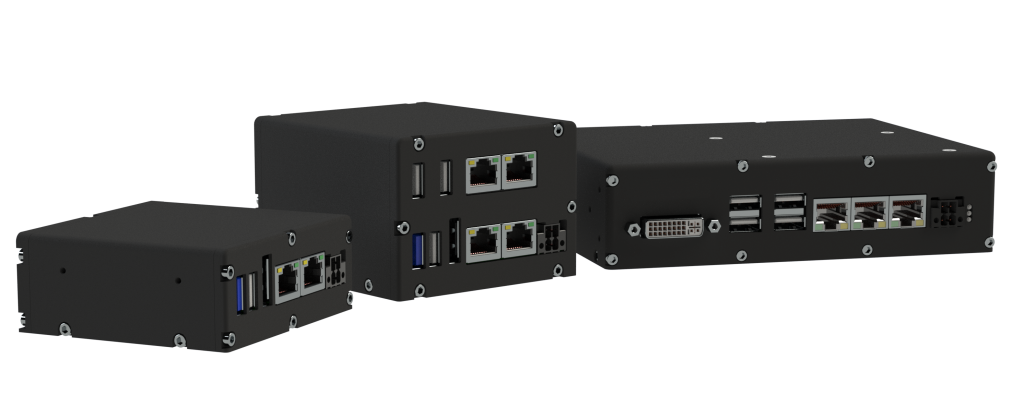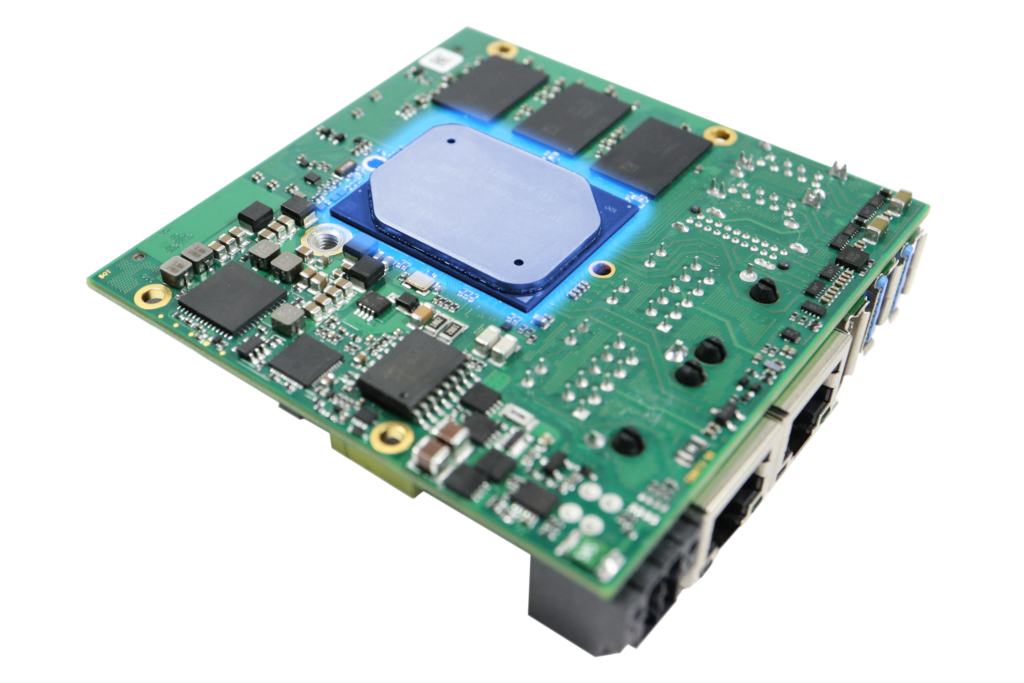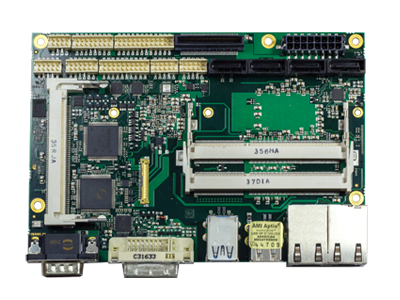
Industrial IoT (IIoT) will increase profitability and productivity in many sectors such as oil and gas exploration, outdoor 5G infrastructures, autonomous transportation, smart manufacturing and smart grids.
In an IIoT network, each IIoT device collects data continuously. Then, the datasets are analyzed to reach decisions. Periodically, select data travels to the central cloud for further analysis. During transmission or collection this data is susceptible to cyberattacks. As a result, compromised in-network devices or networks will affect IIoT communication.
Why are IIoT devices vulnerable?
IBM’s X-Force has been tracking Mirai, a botnet originally developed to compromise home routers, cameras and found that hackers are repurposing Mirai to target enterprise-level hardware.
Research from Cisco shows that hackers are taking advantage of the security gap between the IIoT and industrial control systems (ICS), for example, by exploiting an international water and waste management company’s misconfigured ICS servers.
Since ICS manage critical infrastructure, failure in these networks may cause anything from financial los to environmental damage or even deaths.
How are IIoT devices vulnerable?
Lack of an established security standards and the sheer number of IIoT devices makes it difficult to protect ICS infrastructure. IIoT devices that have manufacturer-set passwords, incorrect configurations, or outdated software are attractive targets. According to Lumeta, close to half of the enterprise networks and cloud infrastructure have blind spots or security weaknesses.
IIoT Devices Demand Stringent Data Security Measures
In addition to network data security, the IIoT also requires routing which protects data during transmission.
Along with performance capability, IIoT devices need adequate cybersecurity features and support. Security patches and authentication setting updates must occur often and in a timely manner. Obsolescence management should be at the level needed to neutralize any cyberthreat that has outdated hardware and software in its sights.
IIoT devices for military and rugged industrial applications need long-term product availability as well as robust product support. A low failure rate (high MTBF) and a tolerance for heat, shock, and vibration are required as well.
ADL’s Embedded Solutions
ADL offers compact embedded systems and single board computers (SBCs) that meet the stringent demand for data security as well as performance, ruggedness, and product availability.

ADLEPC-1500, ADLEPC-1520, and ADLEPC-1600 are high-performing compact systems based on Intel Atom® processors. They have a high tolerance for mechanical stress or temperature extremes (up to -40 ºC to +70 ºC) as well as flexible and expandable connectivity. These compact systems are also readily configurable with various operating systems such as Windows and Linux.

With Intel’s System-on-Chip E3800-series Atom® processors, ADLE3900SEC, ADLE3800SEC, and ADLE3800HDC SBCs offer superior performance and energy efficiency. They are rugged and have an operational temperature range of up to -40 ºC to +85 ºC. ADLE3900SEC, ADLE3800SEC have a full range of onboard input / out ports. In addition, ADLE3900SEC has firmware TPM 2.0.

The ADLQ170HDS is a high-performance, compact SBC and ideal for system-critical applications. It has Intel’s 6th generation Core™ Skylake processors and Q170 chipset as well as 32 GB DDR4 DRAM, 4x SATA 6Gbps, and 4x USB 3.0.
Because ADL’s compact systems and SBCs also offer robust features, long-life availability, BIOS and firmware support and customization options making them superior to Arm- or RISC-based processor offerings. Lastly, Intel Atom® processors have a life span of 15 years, making them an ideal choice for critical infrastructure IIoT and cybersecurity needs.


